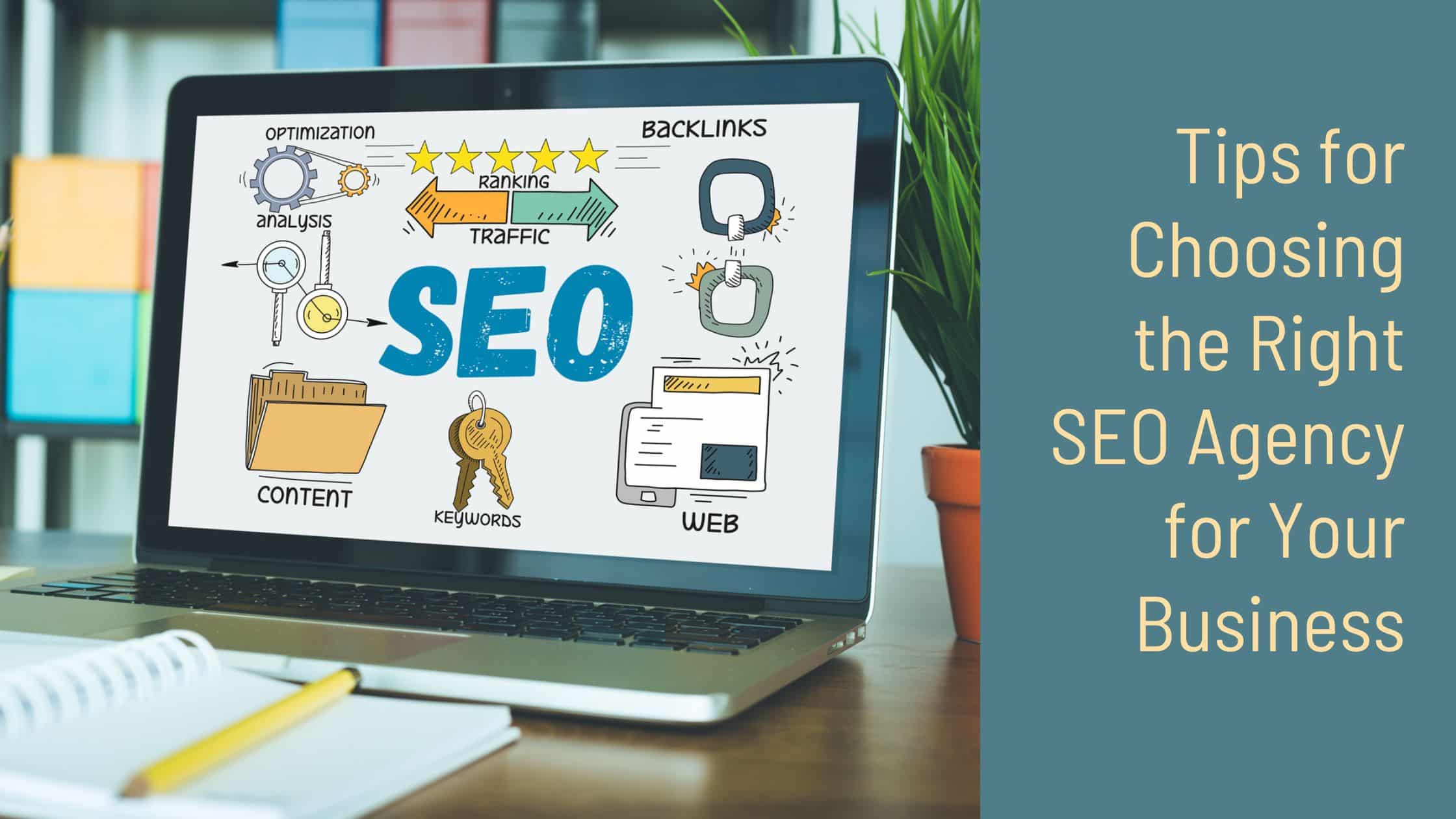Top 3 Delivery Fulfillment Models
Making the right decision for fulfilling the orders to the customers depends upon various crucial factors, which include the volume of the order placed, what are the products, the management of it will be your or through some third-party agency, and much more.
We are going to mention the three most chosen methods of the delivery fulfillment process – check them out and see which one is best suitable according to your needs.
1.In-House Delivery Fulfillment
In-house delivery fulfillment is also popular with the name self-fulfillment, and it takes place right after the customer or an organization placed the older, the further steps will be completed by the merchant internally only without any assistance or partnership of a drop shipper or third-party logistics company.
This process is used mostly by those merchants who have just started out managing the inventory and pack orders right from their home for the fulfillment of small orders volumes to invest in a larger scale operation and other such facilities.
In-house order fulfillment, however, demands a huge sum of time to be invested in carrying out the process which can be rather used to attract more customers, new product development, and exciting market campaigns.
After a certain amount of time, where the growth is good and merchants can’t handle the fulfillment process, they have to outsource it or build-out order fulfillment infrastructures by themselves which include general steps such as securing the warehouse space, recruiting of new staff, purchase of the necessary equipment and more.
PROs-
- You have full control over your inventory, picking, packing, and shipping process.
- It is a low budget affair initially and good for small scale business as you would be paying for the shipping only.
- Almost anyone with basic knowledge can start it. As long as you have ample space to store the products, address labels, and packing slips, you are good to go.
- You are a good option for companies looking to ship large orders as it gives you a slight advantage over large giants such as FedEx, UPS, and more.
CONs-
- The whole process is time-consuming right from packing the products to shipping the orders and as the numbers of orders increased, this process can consume your whole day.
- If the growth rate is good and you are still managing it yourself, the process might now become costly and burdensome. Try a few way-out solutions like additional staff, new equipment, and order fulfillment software requirements.
2.Third-Party Order Fulfillment
This takes place when the growth rate of the business is quite good and the merchant has no interest in managing the distribution process on his own as he is running out of space for storing the products and spending too much time packing up the orders. This will not give him time to prepare strategies for further projects.
Outsourcing the process allows the third-party company to manage the entire fulfillment process for you right from receiving the authority of your inventory from the manufacturer and restocking the products which have been returned.
As these companies are associated with multiple merchants and typically run the process from their various fulfillment centers, they have the expertise and capacity and often get discounted rates from the carriers because of the pure volume of shipments they have to ship every day.
Each of them has different and unique services depending on your needs such as kitting, custom packaging, temperature control, and al the process is fulfilled by them right from receiving, picking, packing, labeling of the product as well as return process, quality control is also handled by them.
PROs-
- Bulk purchase of the inventory hence better profit margins.
- Zero investment for warehouse space, software, and workforce.
- The outsourcing process is usually dealt with by trusted professionals.
- Better shipping discounts as they are handling shipment on a very large scale compared to yours.
CONs-
- In some cases, the quality might get compromised if you do not choose the right company as they are the face in making or breaking the relationship with your customers.
3.Dropshipping
The term stands for the case when a customer orders a product from the merchant’s online store but the merchant never holds the product they are selling and the production, storage, and shipping of products is done for the end of the manufacturer and the dropship the product directly to the doorstep of the customers.
These manufacturers are often located overseas and the customer usually has to wait for the product to be shipped from across the world.
PROs-
- This process takes care of providing and shipping the products and gives you ample time to focus on further plans and sales.
- More products can be added to your website and hence a faster rate of growth.
CONs-
- There is virtually no support for custom products as the drop shippers have to function in a huge warehouse.
- Reduced brand powers as your products are being produced by the others.
- Since the production is done by them, there’s lower quality control for you onto that, keeping your brand’s image at stake.
Also Read:
What is Exactly Rabbit? The Top Alternative of this Video Streaming Platform
A Comprehensive Guide On iPad Air 2 Screen Replacement


Post Comment